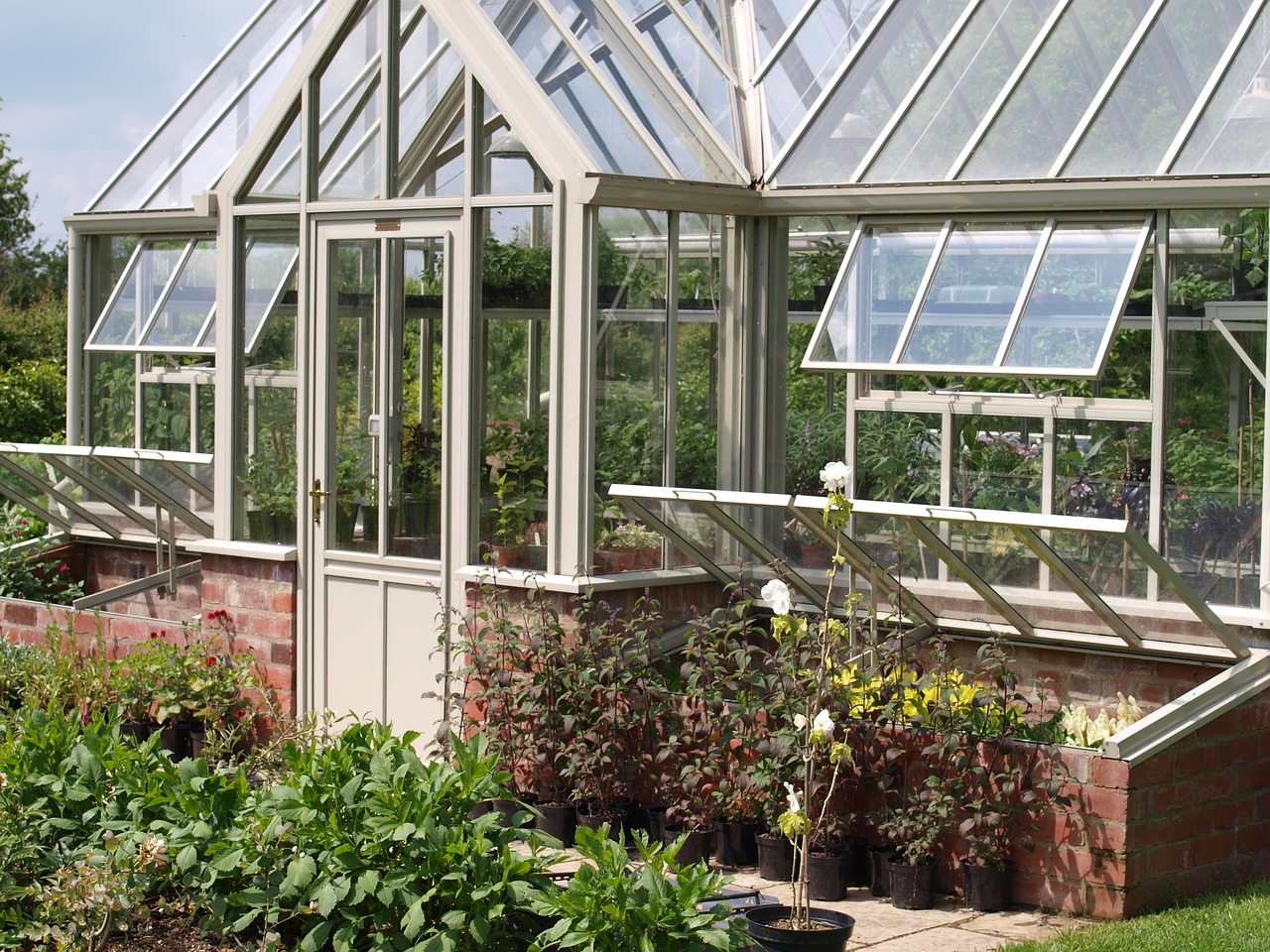 Greenhouses in Philippines make it possible to grow crops in spite of excessive rains and also in moderate climates. The greenhouse industry set off with a modest beginning almost half a century ago, although as an idea it had existed since Roman times. Greenhouses in which the temperatures could be manually manipulated first appeared in 15th century Korea. It later appeared in the Netherlands and then England in the 17th century. Experimentation with the design of greenhouses continued during the 17th century in Europe, as technology produced better glass and construction techniques improved. The greenhouse at the Palace of Versailles was as example of their size and elaborateness.
Greenhouses in Philippines make it possible to grow crops in spite of excessive rains and also in moderate climates. The greenhouse industry set off with a modest beginning almost half a century ago, although as an idea it had existed since Roman times. Greenhouses in which the temperatures could be manually manipulated first appeared in 15th century Korea. It later appeared in the Netherlands and then England in the 17th century. Experimentation with the design of greenhouses continued during the 17th century in Europe, as technology produced better glass and construction techniques improved. The greenhouse at the Palace of Versailles was as example of their size and elaborateness.
One of the most popular types of gardening is greenhouse gardening. It is a popular method of growing crops all year. Its primary purpose is to extend crop growing seasons by controlling the external environment. The greenhouse is not a new concept, with roots dating back to Roman times. Because Roman emperor Tiberius ate cucumber every day, Roman gardeners had to devise artificial methods, similar to the current greenhouse system, to grow the vegetable year-round. With time, the concept gained traction and was gradually adopted worldwide. Growing medicinal plants in the greenhouse became popular in Europe in the 17th century, particularly in the Netherlands and England.
Use only new pot and soil materials to prevent the spread of any disease pathogens lurking. Don't be afraid to incorporate used soil into your garden and landscape beds, but stick with fresh soil in the greenhouse. If you do choose to re-use pots or trays, give them a thorough cleaning with a solution of 1 part bleach to 9 parts water first. Whenever you find might yourself with a pest problem, be as careful with pest management in the greenhouse as you are in the garden. For example, yellow sticky traps are a common recommendation for flying greenhouse pests. Unfortunately, those can be lethal to more than just pests. The adhesive on yellow sticky traps also snags ladybugs, spiders, butterflies, and other beneficials which are good to have in the enclosed space of the greenhouse.
It has that distinctly pointed roof that helps eliminate the need to include trusses on the greenhouse structure. Such a structure is ideal for hobby and commercial use since it can be as small or as big as you want. It takes up more materials when compared to other types of greenhouses. It doesn't facilitate ample air circulation to the corners. You'll notice a distinctive feature regarding the uneven span greenhouse. One roof of this structure is longer than the other, hence the name. The primary reason for this structure's design is to allow more sunlight intake when the greenhouse structure is in a hilly area.
Legend has it that Roman gardeners first invented an early form of greenhouse in order to serve cucumbers at Caesar's table. Whether true or not, the Romans are credited with building the first greenhouses by digging a pit in the earth, adding fires to generate heat, and covering the pit with translucent sheets of mica rock. Ever since, greenhouses, also called glasshouses in Europe, have allowed gardeners the opportunity to grow fruits, vegetables and flowers year-round. During the 15th century, the explorers who traveled to the New World in search of treasure brought back plant specimens that Europeans had never seen. Many of the roots and berries of these plants were touted as having great curative powers, so the botanists at the time perfected ways to protect and propagate the valued plants in rudimentary greenhouses.
Many times your choice of framing is determined by your choice of siding. Heavier siding requires a heavier frame. Wood is beautiful, but aluminum, galvanized steel, or PVC are far more durable. Do You Need a Foundation? Your greenhouse doesn't require a full concrete foundation. However, it is nice to have some kind of surface between garden benches in the greenhouse. You could use concrete or lay down some type of pavers. If you do put down a concrete slab, you'll need to include a drain in the floor. And concrete can become slick when wet, so be sure your slab has some texture to it for traction. By now you may be thinking a greenhouse kit is the way to go. There are several good ones on the market and they do take away the hassle of measurements and major assembly. Use your knowledge of costs and sizes to determine which kit is the best value for your money. Most greenhouse kits come with only the basic framing and siding. Everything else is extra. You may think you can make do, but it's worth considering these options before you make a major commitment.
